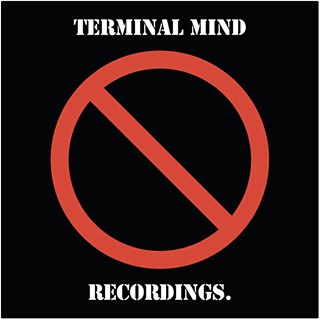Out of Austin, Texas underground by way of Norfolk, Virginia, Sean Morales offers a refreshingly breezy mix of lo-fi rock on Call It In, his newest record.
Morales’ debut began its life as an inauspicious series of bedroom compositions, which only became fully fledged when he brought his wife on board, drummer Erica Barton. Once Morales hit Austin though, momentum took over and he ended up bringing a whole series of musicians to work on his collection of songs, giving the record its present form.
As fully-fledged as the sound on Call It In is, one can almost hear the raw matter, strummed to the night sky through an open window. What strikes me first as most unique here is how Morales utilizes the lo-fi aesthetic without delving into the noise realm, which has for a while felt like the trend. This isn’t a Ty Segall record. Rather it feels like an offshoot of Sonny And The Sunsets, airy and wide open in places. “Slummertime” is a quintessential back porch song, a blast of alt-rock bliss, all ruffled denim cut offs and cold cans of Lone Star Beer. I’m fond of the sparse, creeping guitars featured on “Bring Me Home” which plays well with Morales’ hushed, shamanic vocal style, as does “Been Apart” which is the singer/songwriter stripped almost to the bone. On “Problems” and “Whispertime” Morales tries his blues hat on, traveling the swamp-tromping road with broke down lyrics sung like Velvet-era Lou Reed on the latter track.
While Morales largely eschews noise rock on Call It In, that does not mean all of his songs are soft. “Call It In” is a loosely produced mess of guttural wails, instrumental noise and sludgy guitars. If you’re looking for a new direction song, as in where Morales could expand his sound, this is that track. It is rich in ideas and, at less than three minutes, he leaves the surface barely scratched. Most of the record strikes you like that though, like this is more sketchbook than etching.
For a record as diverse (and as short) as this, Morales does a nice job of keeping his persona out in front. This is his record and his voice the lead character. I would have liked a longer record, maybe more toward the optimism of “Slummertime” but that’s OK. At twenty-seven minutes, it’s a lot to enjoy with little to explore. Still, Call It In begs for the back porch and should be a breath of fresh air to anyone amid winter rest in need of that particular change of scenery.
Purchase the album here.

![]()
![]()
![]()
![]()







